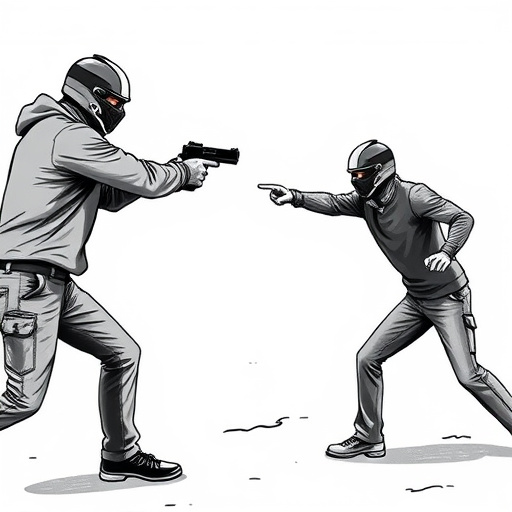Voltage is key in understanding how stun guns penetrate clothing. Different fabrics' conductivity levels affect voltage travel, with thin materials letting it pass easily and thicker ones like denim reducing its impact. For self-defense, powerful stun guns are needed to penetrate protective layers, making a best value stun gun self defense option ideal. Testing methods simulate real-world scenarios to ensure effectiveness, with factors like current strength and material thickness considered. A best value stun gun provides non-lethal protection, combining power, convenience, and durability for personal safety in various situations. Understanding voltage penetration guides users in choosing effective deterrents while emphasizing safe use through training.
Voltage penetration through thick clothing is a critical factor in personal safety, especially when considering self-defense tools like stun guns. This article delves into the science behind voltage’s impact on fabrics, exploring factors influencing resistance and testing methods to gauge penetration depth. We dissect material composition and thickness as key determinants, offering insights into the effectiveness of self-defense equipment, particularly best value stun guns, while emphasizing practical applications and safety considerations.
- Understanding Voltage and Its Effect on Clothing
- Factors Influencing Clothing's Resistance to Electric Current
- The Role of Material Composition and Thickness
- Testing Methods for Determining Penetration Depth
- Best Value Stun Guns: A Self-Defense Perspective
- Practical Applications and Safety Considerations
Understanding Voltage and Its Effect on Clothing
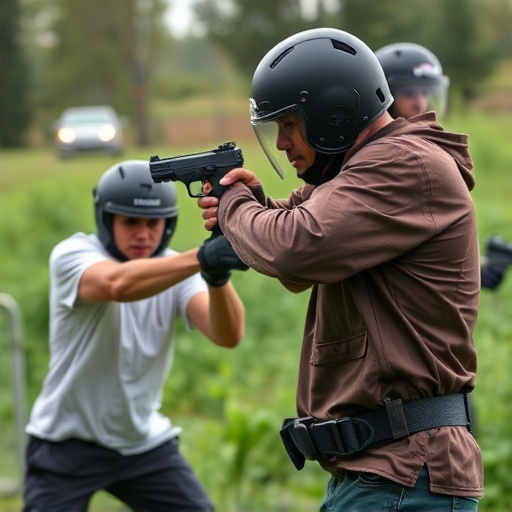
Voltage, a measure of electrical potential difference, is a fundamental concept in physics and has significant implications in various applications, including self-defense tools like stun guns. When it comes to thick clothing, understanding how voltage behaves is crucial for assessing its penetration capabilities, especially when considering a best value stun gun for self-defense purposes.
The interaction between voltage and fabric materials is complex. Different fabrics have varying levels of electrical conductivity, which can significantly impact the depth and effectiveness of voltage transmission. For instance, while thin fabrics like silk or cotton may allow for relatively easy voltage penetration, thicker materials such as denim or leather can act as barriers, reducing the overall impact. This knowledge is essential for individuals seeking self-defense options, as it highlights the importance of choosing tools (like a high-quality stun gun) capable of delivering a powerful enough current to overcome the protective layers of clothing and ensure maximum effectiveness in emergency situations.
Factors Influencing Clothing's Resistance to Electric Current
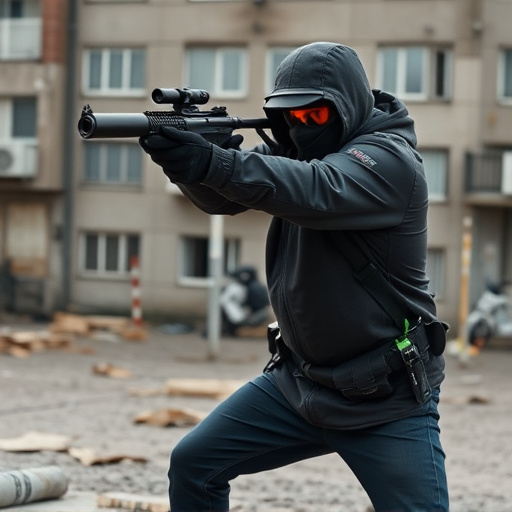
Clothing’s resistance to electric current, or voltage penetration, is influenced by several key factors. The first and most obvious factor is the material of the clothing itself. Different fabrics have varying levels of conductivity, with non-conductive materials like cotton and wool providing a higher level of protection against electrical current compared to conductive materials like metal. This is why a best value stun gun self defense outfit, designed with insulating fabrics, offers better protection than regular attire.
The thickness of the clothing is another critical consideration. Generally, thicker garments provide greater resistance to voltage penetration due to their increased ability to disrupt the path of an electric current. This is why a heavy-duty jacket or several layers of clothing can act as a barrier against electrical shocks, making them essential for high-risk environments or situations where a best value stun gun self defense strategy might be needed.
The Role of Material Composition and Thickness
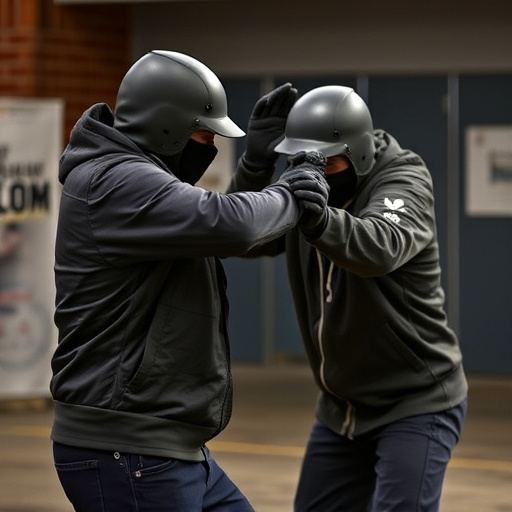
The material composition and thickness play a pivotal role in determining how effectively voltage can penetrate through clothing. Different fabrics have varying levels of conductivity, which significantly impact the flow of electrical current. For self-defense purposes, understanding this aspect is crucial when considering the best value stun gun. Materials like metal or conductive polymers allow for better conduction, ensuring that the electric charge from a stun device reaches its target more efficiently.
Thick clothing acts as a barrier, slowing down the penetration of voltage. The resistance offered by the fabric increases with its thickness and density. Thus, lighter, thinner materials offer less protection against electrical shocks compared to thicker, denser ones. This is an essential factor to keep in mind when selecting personal defense tools, especially stun guns designed for maximum impact.
Testing Methods for Determining Penetration Depth
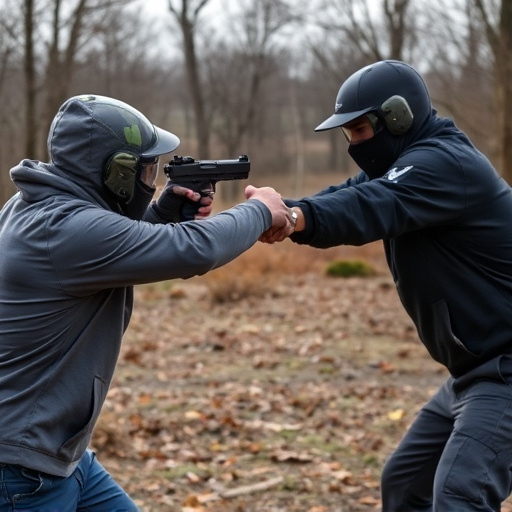
Determining the depth of voltage penetration through thick clothing is a critical aspect of evaluating personal safety devices like stun guns for self-defense purposes. This process involves specialized testing methods to simulate real-world scenarios accurately. One widely adopted approach is using high-voltage probes designed to mimic the electrical current generated by stun devices. These probes are carefully inserted into various materials, such as denim or leather jackets, to gauge the voltage that can effectively disable an attacker.
The best value stun gun self-defense enthusiasts often look for should be tested using these methods to ensure its effectiveness. Researchers conduct these tests under controlled conditions, varying factors like current strength, probe depth, and material thickness to offer a comprehensive understanding of penetration capabilities. This data is invaluable for consumers aiming to make informed decisions, ensuring they invest in a stun gun that provides the best protection when every second counts.
Best Value Stun Guns: A Self-Defense Perspective
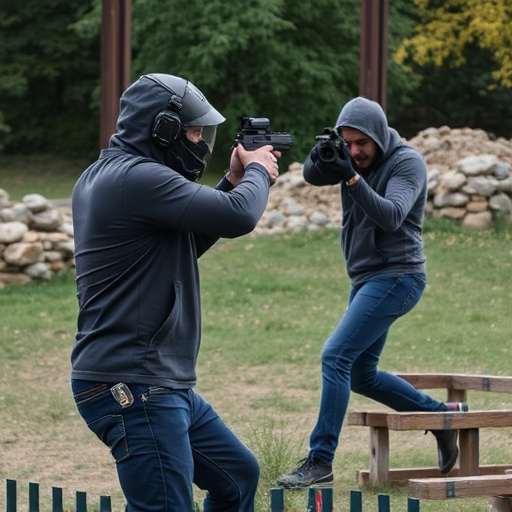
When considering self-defense options, a best value stun gun stands out as a powerful and effective tool. Unlike traditional weapons, stun guns use electrical current to incapacitate an attacker, offering a non-lethal response option. This is particularly beneficial when dealing with close-quarters encounters where speed and surprise are key. A quality stun gun can provide a crucial few seconds for an individual to escape or call for help.
The ‘best value’ aspect refers not only to the device’s affordability but also its reliability, durability, and ease of use. Look for stun guns with robust construction, high voltage output, and features like LED flashlights and multiple settings. These attributes ensure that the weapon remains functional in any situation and offers versatility for different scenarios. For personal safety, a best value stun gun represents an intelligent investment, combining power, convenience, and peace of mind.
Practical Applications and Safety Considerations
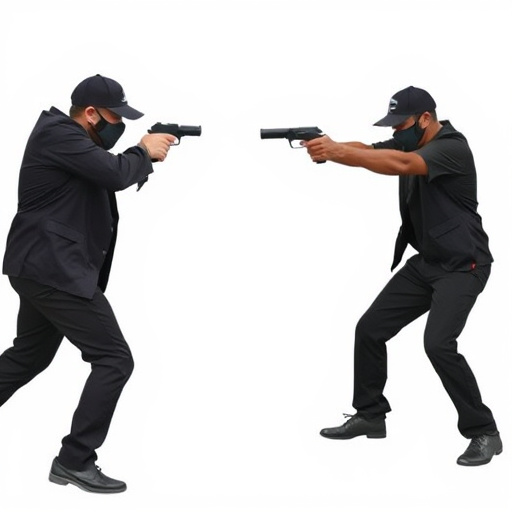
In practical applications, understanding voltage penetration through thick clothing is essential for individuals looking to invest in a best value stun gun for self-defense purposes. Knowing how well a stun device can penetrate fabric allows users to make informed decisions when choosing their personal safety equipment. This knowledge enables them to select devices with sufficient power and energy output to ensure effectiveness during an encounter.
Safety considerations are paramount when dealing with electrical devices intended for self-defense. Users must be educated about the proper use of stun guns, including understanding the range and penetration capabilities, to maximize their effectiveness while minimizing risks. Proper training and adherence to safety protocols are crucial, especially considering that unexpected situations can escalate quickly. By balancing the best value stun gun’s performance with safety precautions, individuals can enhance their personal security without compromising their well-being.
In understanding voltage penetration through thick clothing, it’s clear that material composition and thickness play pivotal roles in electric current resistance. This knowledge is particularly relevant for self-defense applications where choosing the best value stun gun requires considering clothing barriers. By employing appropriate testing methods, we can accurately assess penetration depth, ensuring effective stun gun performance in various scenarios. Always prioritize safety when dealing with electrical devices, especially in tactical situations, to maintain optimal protection and control.
